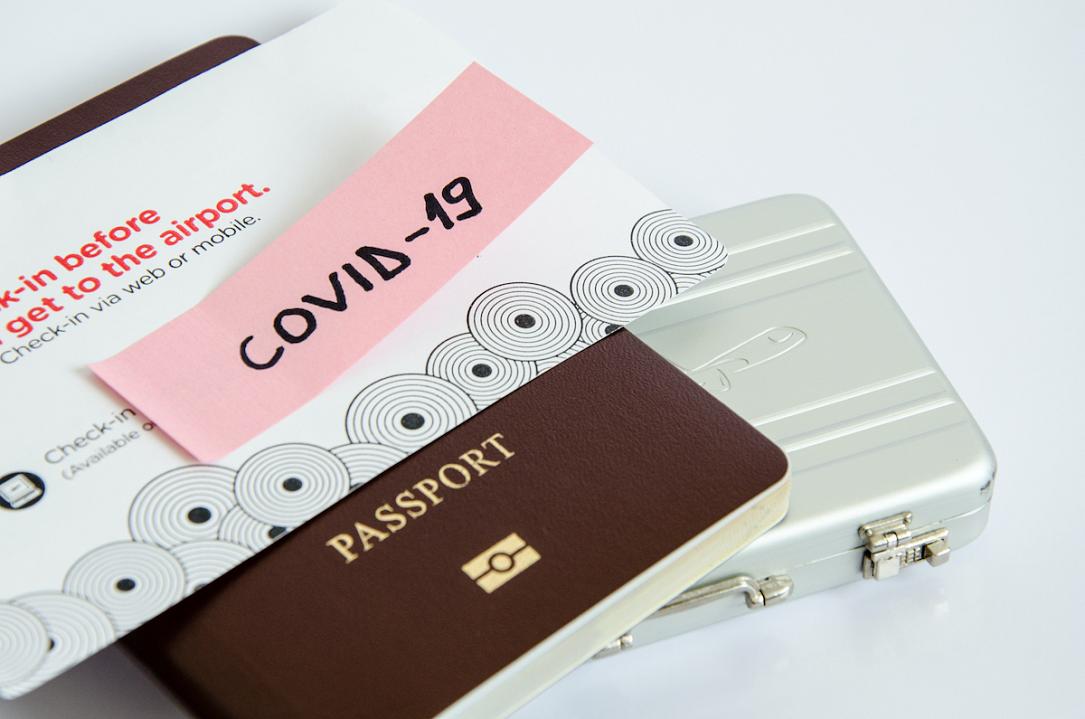COVID-19: Traveling to Romania - quarantine requirements & national restrictions



I plan to travel to Romania in the coming period. Do I have o quarantine?
That depends on where you're coming from. Travelers arriving in Romania from countries on the "yellow list" - the list of states/regions with high epidemiological risk - have to quarantine for 14 days. You can quarantine at home, at a declared location, or, if needed, at a dedicated location designated by the authorities.
The National Committee for Emergency Situations (CNSU) updates the list periodically (usually once every two weeks). The latest list (valid starting January 19) includes almost 50 countries/areas, such as the UK, the US, Portugal, Sweden, Denmark, Spain, Italy, South Africa, France, the United Arab Emirates, and Canada. Find the full document here.
Travelers arriving from a yellow zone country may be exempted from quarantine if the duration of their trip to Romania is less than three days (72 hours), and they can present a negative COVID-19 test not older than 48 hours.
All new "yellow lists" are published on the website of Romania's National Health Institute - here - with the one at the top usually being the most recent. This website also includes some information about COVID-19 prevention measures and statistics (unfortunately, only in Romanian).
The CNSU decided on January 18 that travelers arriving from countries on the "yellow list" who received both COVID-19 vaccine doses will no longer have to quarantine upon arrival. This applies to those who received the second dose at least ten days before entering Romania. The CNSU decision is available here. However, the government should endorse the decision before it comes into force.
What else should I know when traveling to Romania?
All travelers departing from Romania are advised to check for possible restrictions before booking or going on a trip, as many countries introduced travel restrictions in their attempt to limit and control the spread of COVID-19.
Several European countries have imposed restrictions on people coming from Romania, including mandatory COVID-19 tests. Among them, the UK, Austria, and Germany. A full list, published by the Romanian Ministry of Foreign Affairs, is available here.
The travel restrictions imposed in other regions of the world are available here.
Important: To stay up to date with the latest regulations, travelers to/from Romania are also recommended to check the travel recommendations from the Foreign Affairs Ministry in their country and check for updates on the websites of their country's embassy or consulate in Romania. The Reopen.europa.eu platform is also a very good source of information for travelers in the EU.
What is the COVID-19 situation in Romania?
Romania has been under a state of alert for months, and the government recently decided to extend this status by another 30 days, starting with January 13, 2021. This means that several restrictions are in place across the country, regardless of the city, county, or region. Among them, the obligation to wear a mask in all public spaces (indoor or outdoor) and movement restrictions during the night, from 23:00 to 05:00 (with some exceptions, such as transport to/from work, seeking medical assistance, or due to the schedule of plane/train). Also, private events that involve many people (such as weddings or baptism parties) are not allowed.
However, the authorities have been trying to keep the coronavirus' spread under control also by introducing several measures and restrictions at the local level. Thus, based on the 14-day incidence rate reported at the local level, localities or counties fall into different scenarios: red (localities/counties with an incidence rate of over 3 per thousand inhabitants), yellow (an incidence rate of between 1.5 and 3 per thousand inhabitants), and green (below 1.5 per thousand inhabitants).
The red and yellow scenarios come with additional restrictions. The measure with the highest impact is probably that the indoor restaurants and cafes are closed in the red areas, while in yellow zones, they can operate at 30% of their capacity. The daily reports (Buletin de presa) published daily at Stirioficiale.ro also include data on the COVID-19 incidence rates in all counties and Bucharest.
Important: Figures can change by the day, and some localities can be in the red scenario even if the county they're part of is not. The local authorities (city halls or county councils) usually communicate the situation in each locality/county on social media and/or on their official websites.
The total number of COVID-19 cases confirmed by tests in Romania got close to 700,000 (according to the official report of January 19), but the good news is that Romania has seen a slight fall in daily coronavirus cases in the past few days. A map of COVID-19 cases in Romania is available here.
Confirmed COVID-19 cases with mild symptoms no longer have to be admitted to a hospital, but they must isolate at home. Plus, persons at high risk of having contracted a COVID-19 infection need to self-quarantine for 14 days.
Romania also started its COVID-19 vaccination campaign in December, when the first vaccines were made available to the country. The campaign is carried out in three stages. The first one, which started on December 27, targeted the medical personnel. The second phase covers vulnerable groups and those working in essential areas, while the third stage includes the rest of the population.
The second stage of the vaccination campaign kicked off on January 15, and the vaccination of president Klaus Iohannis marked the start. According to local officials' statements, the third stage is estimated to begin around late March-early April. Official information about the country's vaccination campaign is available here (in Romanian).
newsroom@romania-insider.com
(Photo source: Adrian Copos/Dreamstime.com)